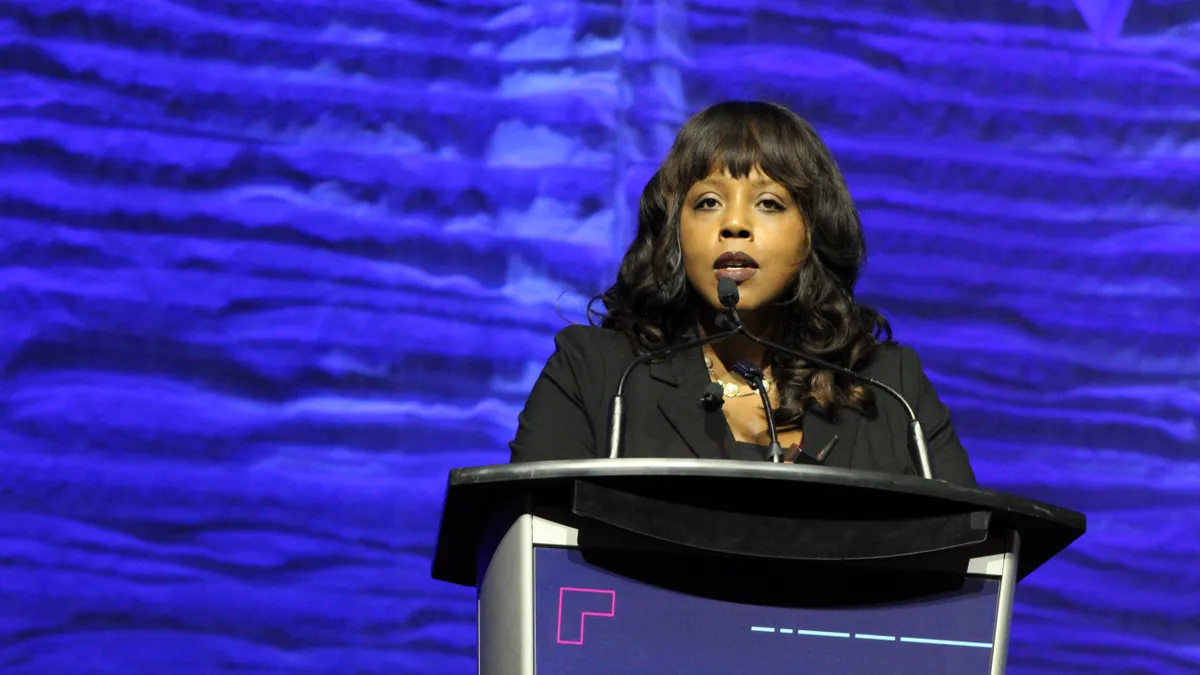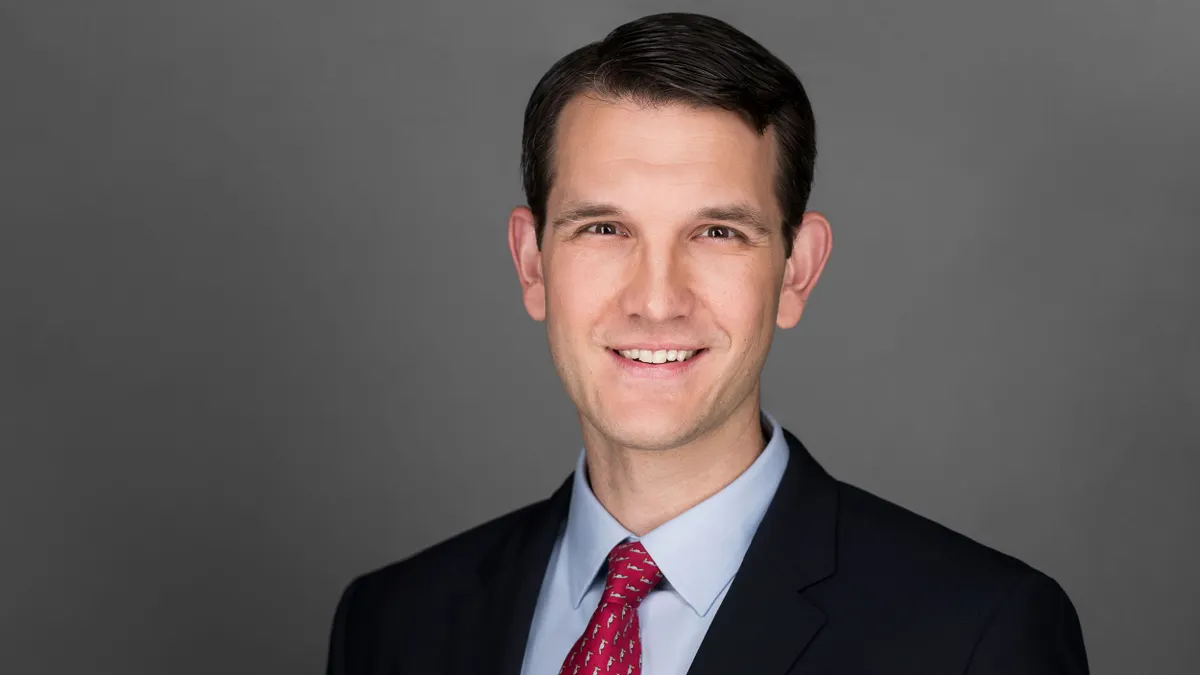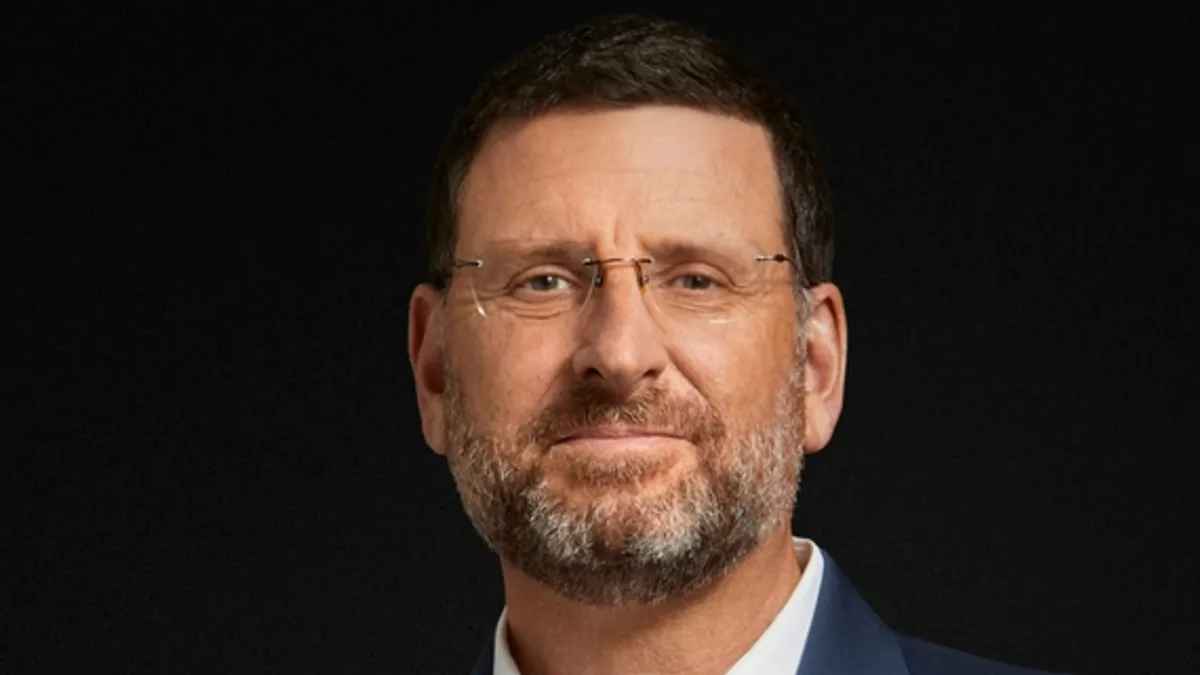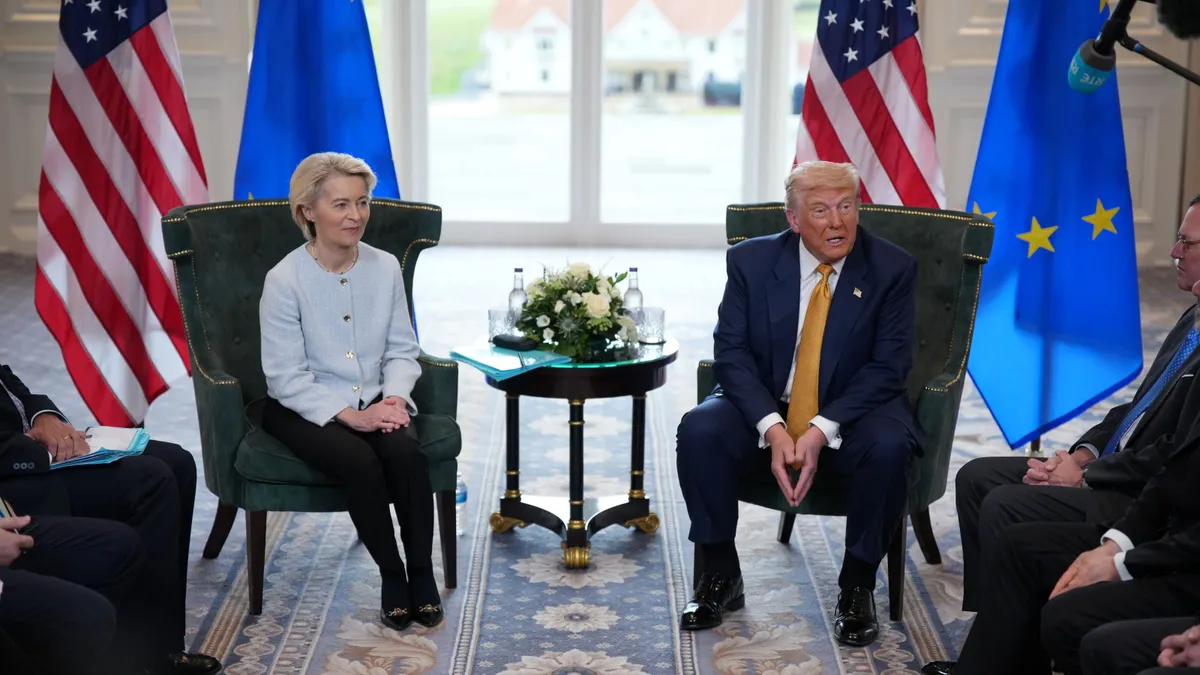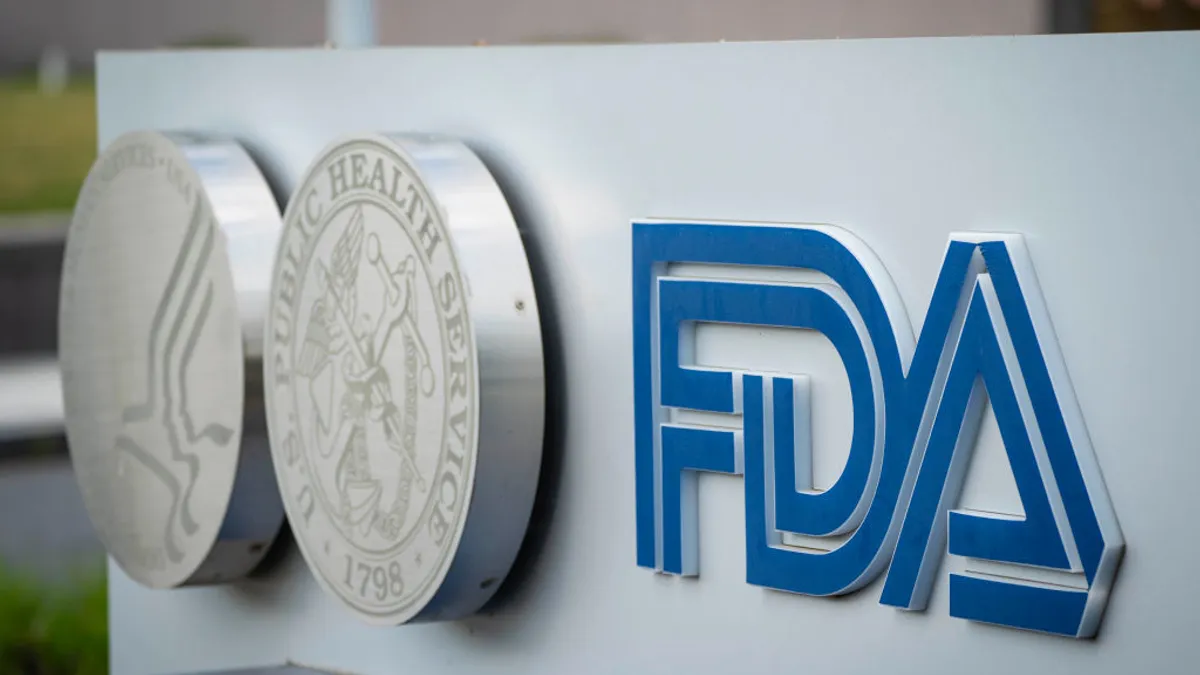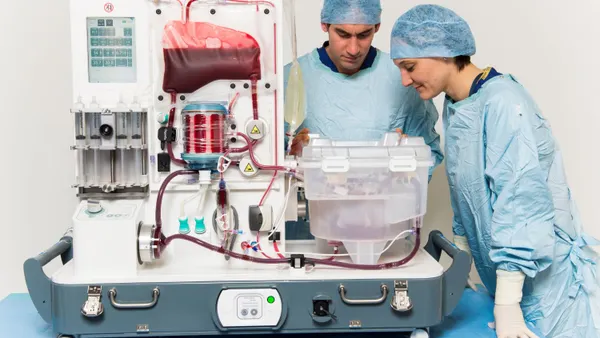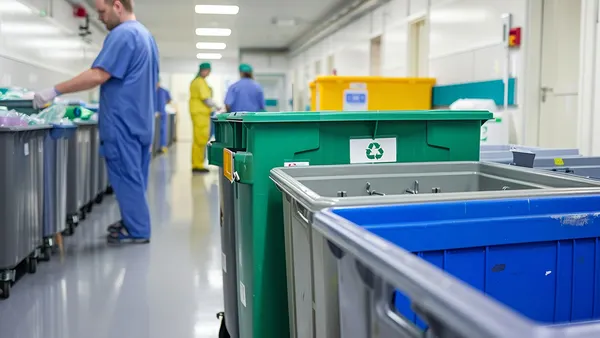Medical device companies advocated against future increases to user fees at a public hearing Monday for the next medical device user fee amendments. Meanwhile, Food and Drug Administration leaders, facing congressional budget cuts, made a case for more user fees, emphasizing the importance of the program.
The five-year agreement determines the amount the FDA can raise from the medtech industry to supplement congressional appropriations. In the current MDUFA program, which ends in September 2027, the FDA’s device center negotiated a boost in user fee funding in exchange for meeting certain review timelines and staffing levels. The next agreement would take effect in October 2027 and run through 2032.
Michelle Tarver, director of the FDA’s Center for Devices and Radiological Health, said the FDA “requires sustained and increased investment by the medical device industry” to meet its goals. The device leader added that “holding steady does not lead to excellence — it leads to mediocrity.”
However, device industry lobbyists at the meeting indicated a preference for few changes.
“Each MDUFA cycle included significant resources and investments, including increasing the number of [full-time employees] to support the program,” said Janet Trunzo, senior executive vice president of technology and regulatory affairs for AdvaMed. “Now that we have approached nearly 25 years … of user fee programs for medical devices, we are now in a position of merely fine-tuning the current program.”
Mark Leahey, CEO of the Medical Device Manufacturers Association, called for the process to return “back to the basics” in comments on Monday. Leahey said the funds from MDUFA should go to reviewers and medical officers, and added that the industry wants more visibility as to where the funds are going and “where people are right now, realizing there's been some attrition over the last six months.”
Citing the latest user fee rates, Leahey said more than $427 million in fees were authorized for fiscal year 2026.
“We have to realize the size and scope of the investments here,” he said. “And this is not a sustainable pathway.”
The meeting kicked off a process where the FDA will seek public comment through Sept. 4, before beginning negotiations with industry. When a final agreement is reached, the FDA will present it to Congress, which must approve the next MDUFA program.
The negotiations come during a period of uncertainty, where several leaders have left the FDA under Health and Human Services Secretary Robert F. Kennedy Jr. The Trump administration’s slashing of probationary FDA employees in February — followed by rehiring some staffers, and then more firings in April — raised questions about whether the FDA’s user fees programs could be at risk.
FDA Commissioner Marty Makary has suggested lowering user fees for prescription drugs; however, he has not indicated any major changes to medical device fees, referring to MDUFA as “the best of all the user fee arrangements” during the meeting.
Patient advocates call for more fees, transparency
While industry pushed back against further fee increases, patient groups called for more fees to offset federal budget cuts to the FDA. Diana Zuckerman, president of the National Center for Health Research, said that given recent cuts in FDA staffing and the importance of speedy device reviews, “it’s inevitable that improving quality requires increasing the fees.”
Zuckerman said that while she would like to see Congress provide enough appropriations for the FDA’s device center, “we want to make sure that there's funding for everything that's needed, and, unfortunately, appropriations isn't making that possible.”
Zuckerman also called for user fees to be used for postmarket device safety, as well as for more transparency during the negotiation process, positions that were supported by other patient advocates during the meeting.
In the past, user fee negotiations have been behind closed doors, and patients, consumers and health professionals have not been able to join or observe the meetings, Zuckerman said. In the last round of negotiations, the FDA also faced scrutiny for not publishing meeting minutes from its conversations with industry in a timely fashion.
“At the very least, we should have access to remotely watch those negotiations, instead of just depending on minutes that are often vague or very delayed so that stakeholders have no opportunity for meaningful input,” said Tess Robertson-Neel, on behalf of the Patient, Consumer, & Public Health Coalition, a group of more than two dozen nonprofits.
Robertson-Neel added that user fees should be increased, and the FDA should focus on being “more patient-centered and transparent and less cozy with industry.”
Alexander Naum, policy manager for Generation Patient, a nonprofit representing young adults living with chronic medical conditions, said that user fees must increase and the next MDUFA agreement should include clear postmarket device safety performance goals. He also asked for the FDA to commit funds to expanding its program for tracking medical device adverse events. Naum cited a statistic that the FDA receives more than 2 million reports annually of suspected device malfunctions, serious injuries or deaths.
“So many of us rely on medical devices for our survival,” Naum said. “Many of these devices present the potential of unexpected adverse events.”


